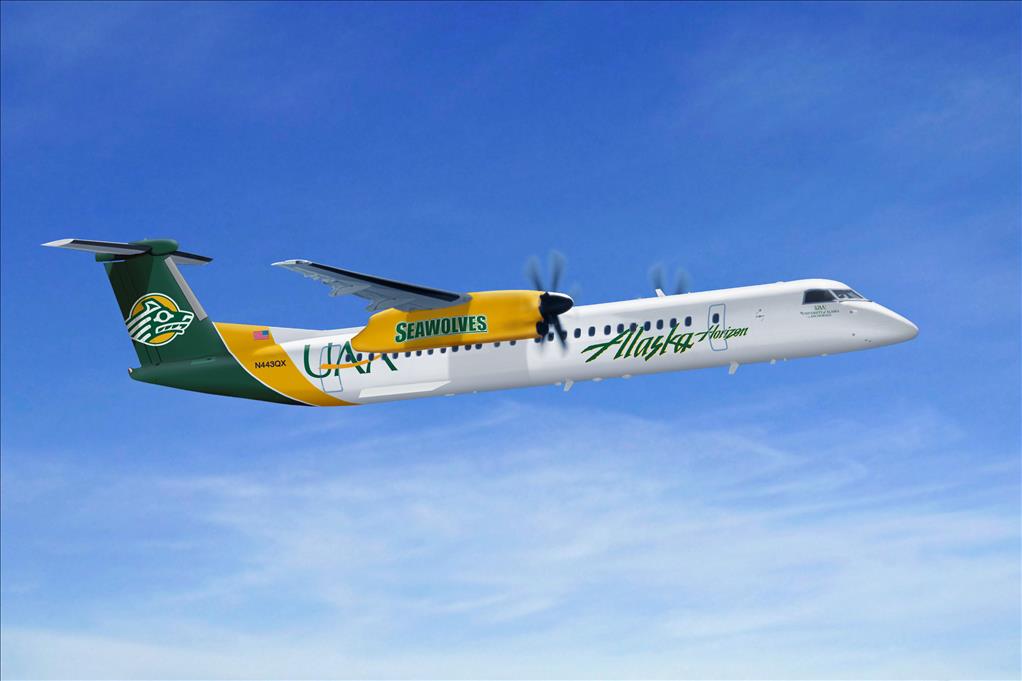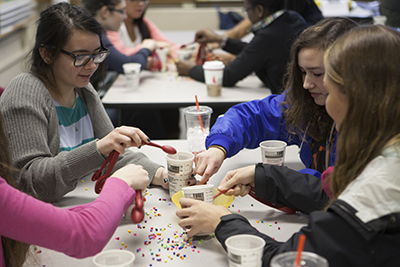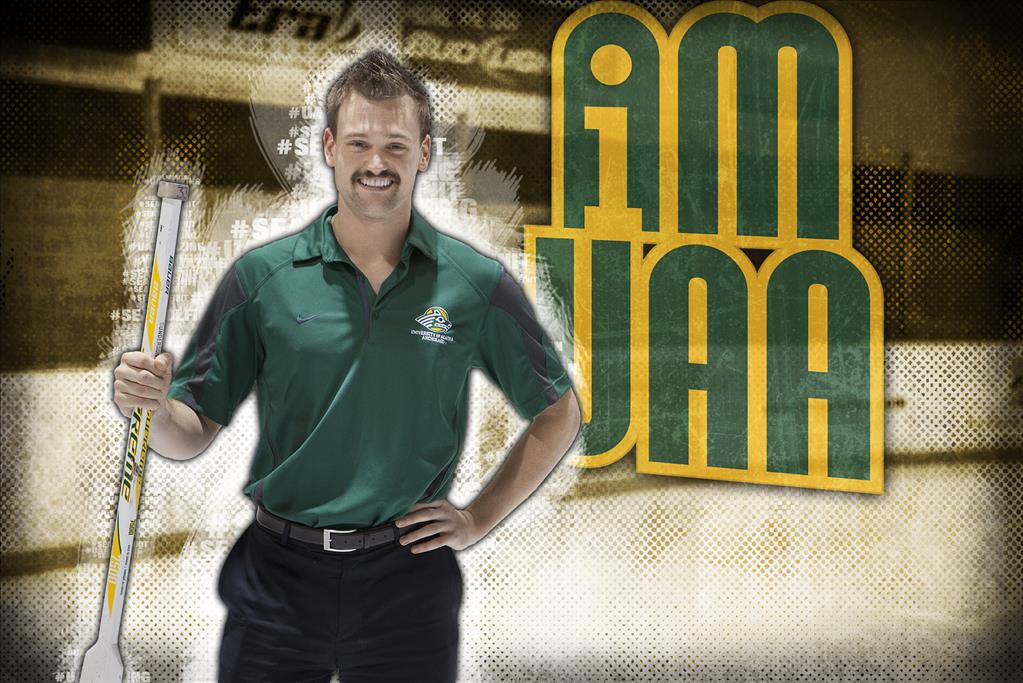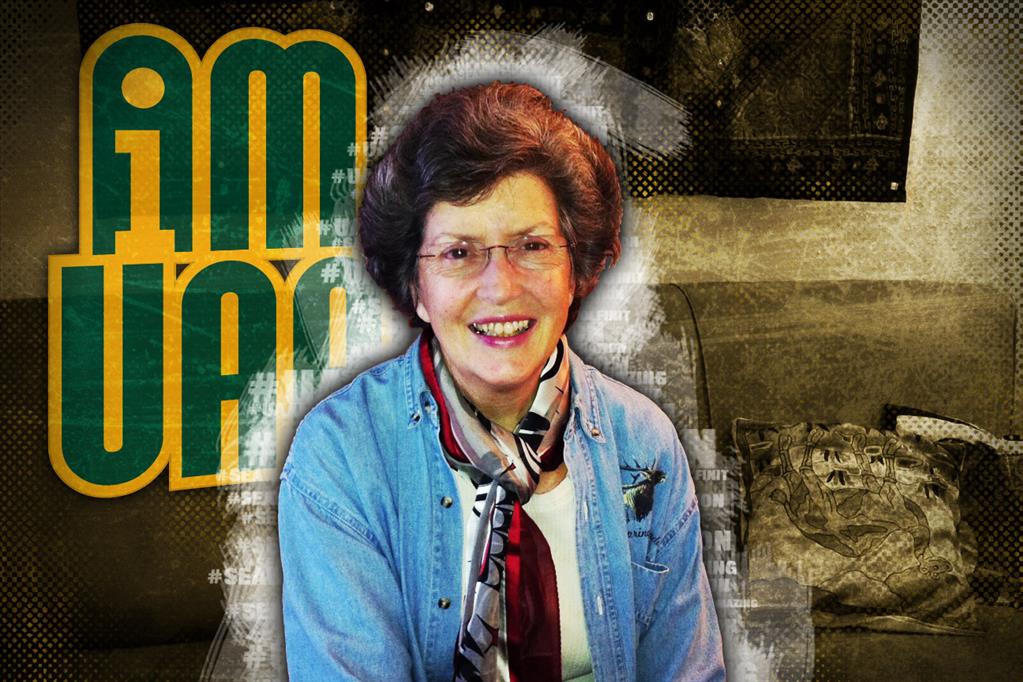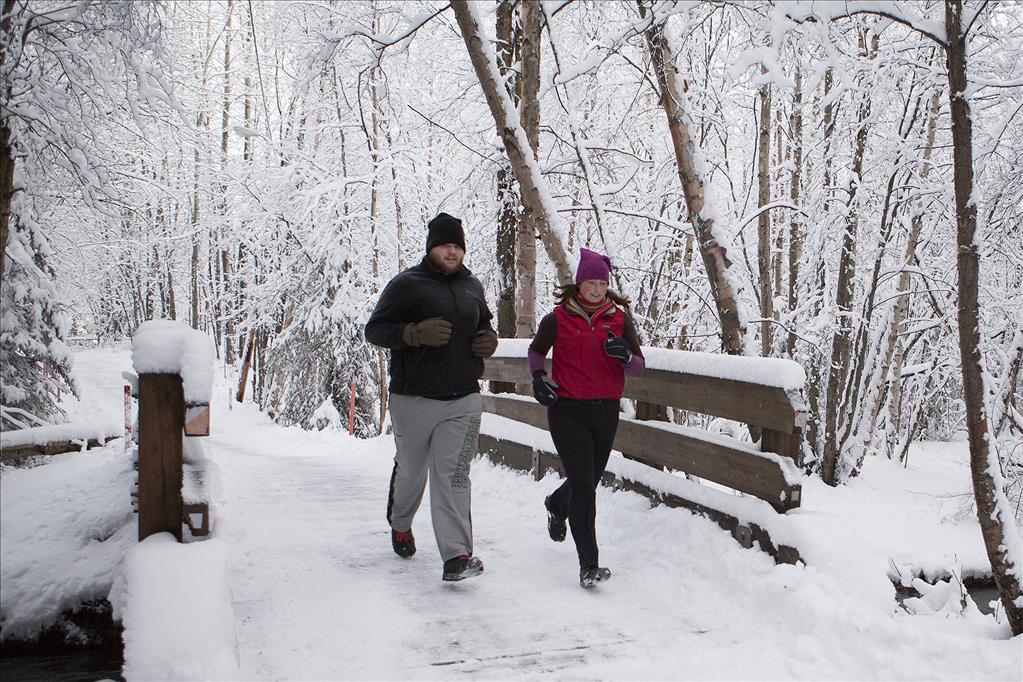Bone collection gives scientists a research boost
by Kathleen McCoy |
(A version of this story appeared in the Anchorage Daily News July 6, 2013.)
Just about a year ago, headlines in Alaska and across the country reported the fate of a baby beluga, a young male just two to three days old, found alone near Naknek in Bristol Bay. Observers surmised a storm had separated the 110-pound baby from its mother.
With permission from NOAA, the Alaska SeaLife Center in Seward rescued the beluga. Because its immune system was so undeveloped, survival odds for the stranded juvenile were low. Sadly, it died with multiple infections just a few weeks later.
Only, that's not the end of the story.
Monty Rogers, an Anchorage archaeologist specializing in the study of stone tools, read the news accounts and contacted the center. Could this mammal's bones be saved for educational purposes?
Again, with necessary federal permissions, Rogers arranged to transport the carcass to Anchorage and begin the long process of cleaning the bones to preserve them. That work is ongoing right now. The beluga carcass is still submerged in a covered tub of horse manure so enzymes can wipe the bones clean.
Eventually the beluga's new home will be in a collection of faunal bones, an animal skeleton library, if you will, housed at the University of Alaska Anchorage.
An unusual volunteer effort
The collection doesn't belong to the university, and it doesn't even belong to its stewards, the Alaska Consortium of Zooarchaeologists (ACZ), a nonprofit made up of federal and state agency scientists, professors, students and professional archaeologists who donate the time and energy to manage the bone collection. It's been around for 17 years; if the consortium ever dissolved, all the bones would have to go home to the person or agency that donated them.
The U.S. Fish & Wildlife Service contributes many specimens, but bones also come from trappers and citizens, or as in the case of the beluga, wild animals that die or are killed.
Volunteer means volunteer. Rogers, current president of the ACZ, is hosting that vat of horse manure in his own backyard. He claims it doesn't smell: "If it did, my wife wouldn't let me do it."
(If you find horse manure off putting, know that the Smithsonian Institution uses elephant manure for the very same thing. It's what's done.)
Diane Hanson, a professor of anthropology at UAA, isn't the only consortium member with a couple of freezers in her backyard filled with specimens waiting to be processed for the collection. College students who've used the bones in their studies often end up volunteering to do some of the work.
Because the collection is stewarded by this consortium, they can and do insist it be available to any researcher working in Alaska or other northern regions. About a dozen recent master's degrees and a doctorate were possible because of the collection. Without it, students and scientists would have to travel to comparative collections Outside, or send their artifacts away and arrange for someone else to do the analysis.
Holly McKinney recently earned her doctorate in Anthropology from UAF. Her project was archaeological and she needed to analyze fish bones from the Mink Island site in the Katmai National Park and Preserve.
"I came down to Anchorage for one month, and I found everything I needed," she said. "ACZ is incredible, the diversity and number of species. And it's so well organized, it's easy to find what you need."
In a recent letter of support for the ACZ collection, Katie Myers, museum curator for several Alaska national parks, preserves and monuments, was equally emphatic about the value of the ACZ collection for the work scholars do in the parks.
"Many of the natural history objects in our museum collections were collected in an era when little information was gathered at the time of collection. Using ACZ's comparative collection has helped curation staff understand what we have.
"There is literally nowhere else in the state to learn about Arctic and Subarctic faunal collections the way students, volunteers, employees and researchers can learn at the ACZ.[We] would be at a loss if the collection was uprooted or disbanded."
How exactly do these old bones help?
Hanson, one of the collection's primary custodians, gave me a quick tour of its current site, part of an ordinary downtown office building. Different species have their own cubicle-sized rooms filled with stacks of shallow drawers-this room for birds, that one for fish, small mammals here, large mammals there. And no, they don't have dinosaurs.
"This is a synoptic collection," Hanson says just like a professor, "s-y-n, meaning same."
We were staring into a drawer filled with small plastic boxes, the kind used for leftovers. From one, she pulled three white, lacy fish jaws. "So this one's halibut, this is a cod, and this is a rockfish," all very different.
A scientist or student might hold up the bone she's trying to identify next to these, puzzle over it, think maybe it looks more like a sculpin, dig back into the drawer for the plastic box of sculpins and start over.
It's like putting together an intricate puzzle, Hanson says, or relentlessly asking a million little questions. It can be as meditative and soothing as intricate craftwork to the artist.
But ultimately, the process is exhausting. Hanson recommends sessions of no more than four hours, after which accuracy plummets.
What a researcher achieves from this labor can bring to life one thin moment-now lost in time, but still rich with information.
Say an excavation turns up a handful of artifacts, among them some bones-maybe broken, maybe half-digested. With accurate classifying, Hanson says, "you can get not only the type of animal, but the age, the season of the year the animal died, maybe a fish hook size, or whether nets were used. You may even be able to tell if the fish was caught near shore or way off shore. You get a whole lot more information than, 'Oh, they ate cod.'"
For an anthropologist, this is pay dirt. "We are all about the people," Hanson says. "We apply all this biological information about animals toward one question: What were the humans doing?"
Because bones age and break, the collecting never stops.
Maybe you saw the headline last week about that big orange rockfish caught near Sitka, the one that might be 200 years old?
Hanson is on it; she's already called for the bones.
 "Bone collection gives scientists a research boost" is licensed under a Creative Commons Attribution-NonCommercial 4.0 International License.
"Bone collection gives scientists a research boost" is licensed under a Creative Commons Attribution-NonCommercial 4.0 International License.













